History & Heritage
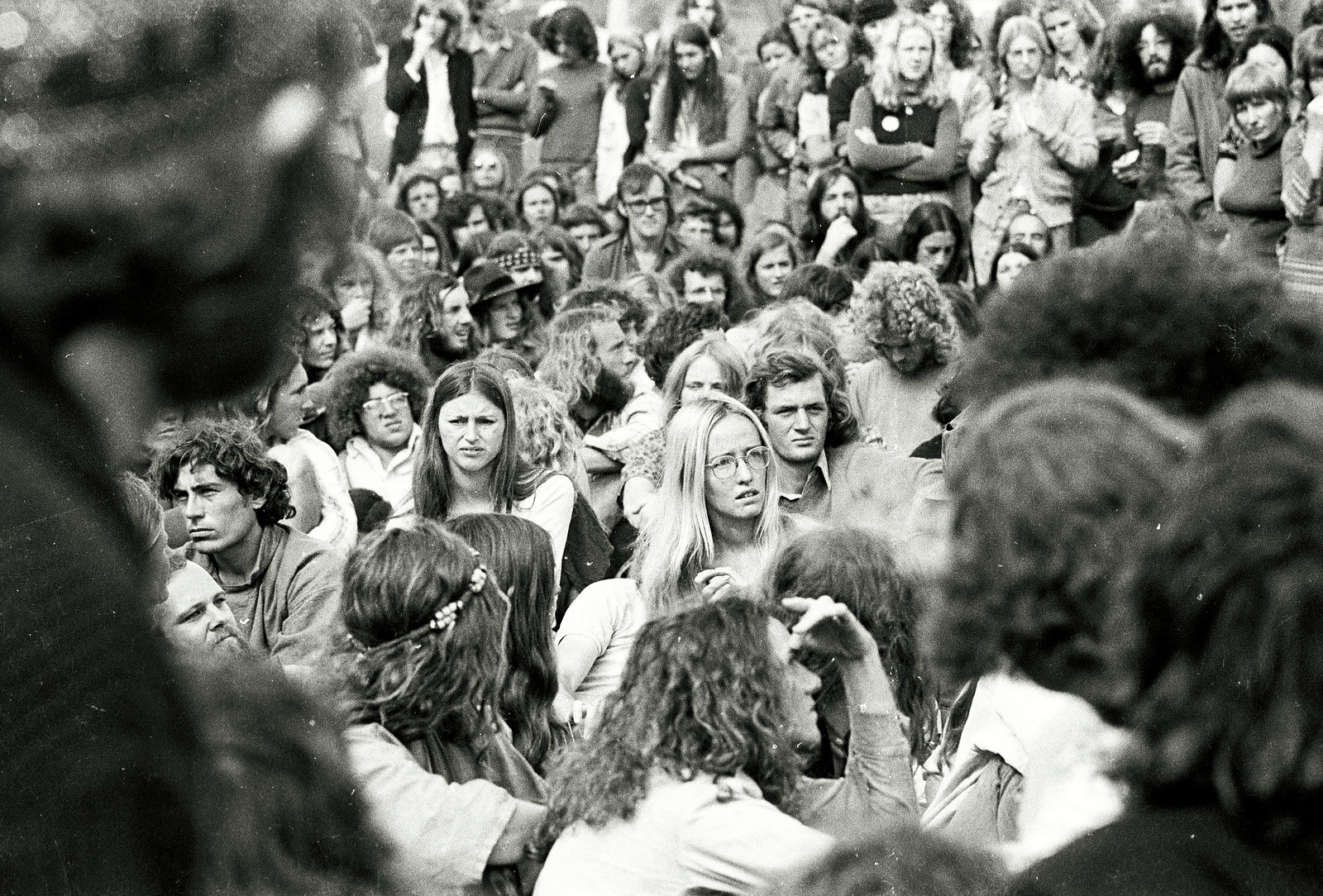
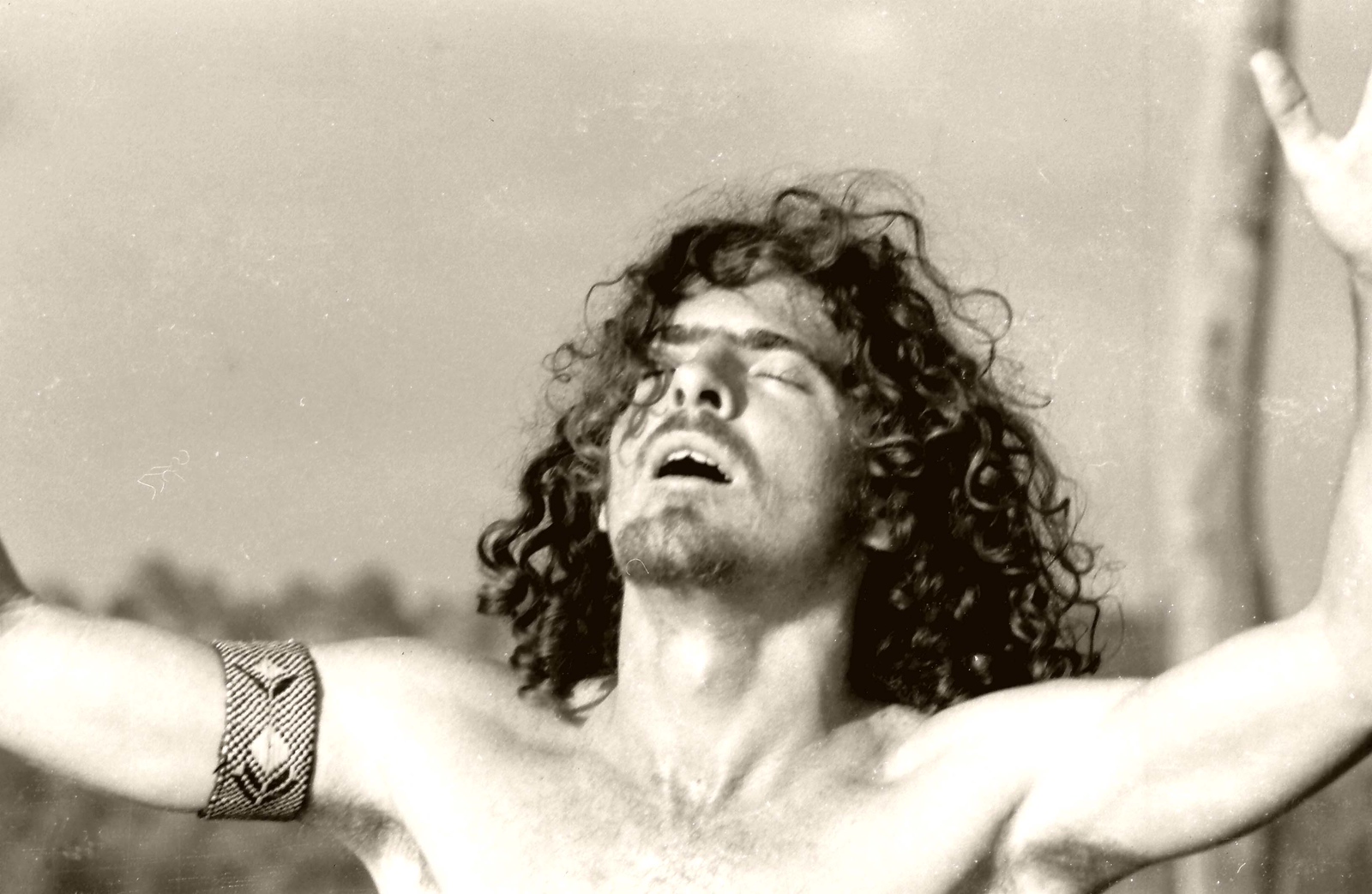
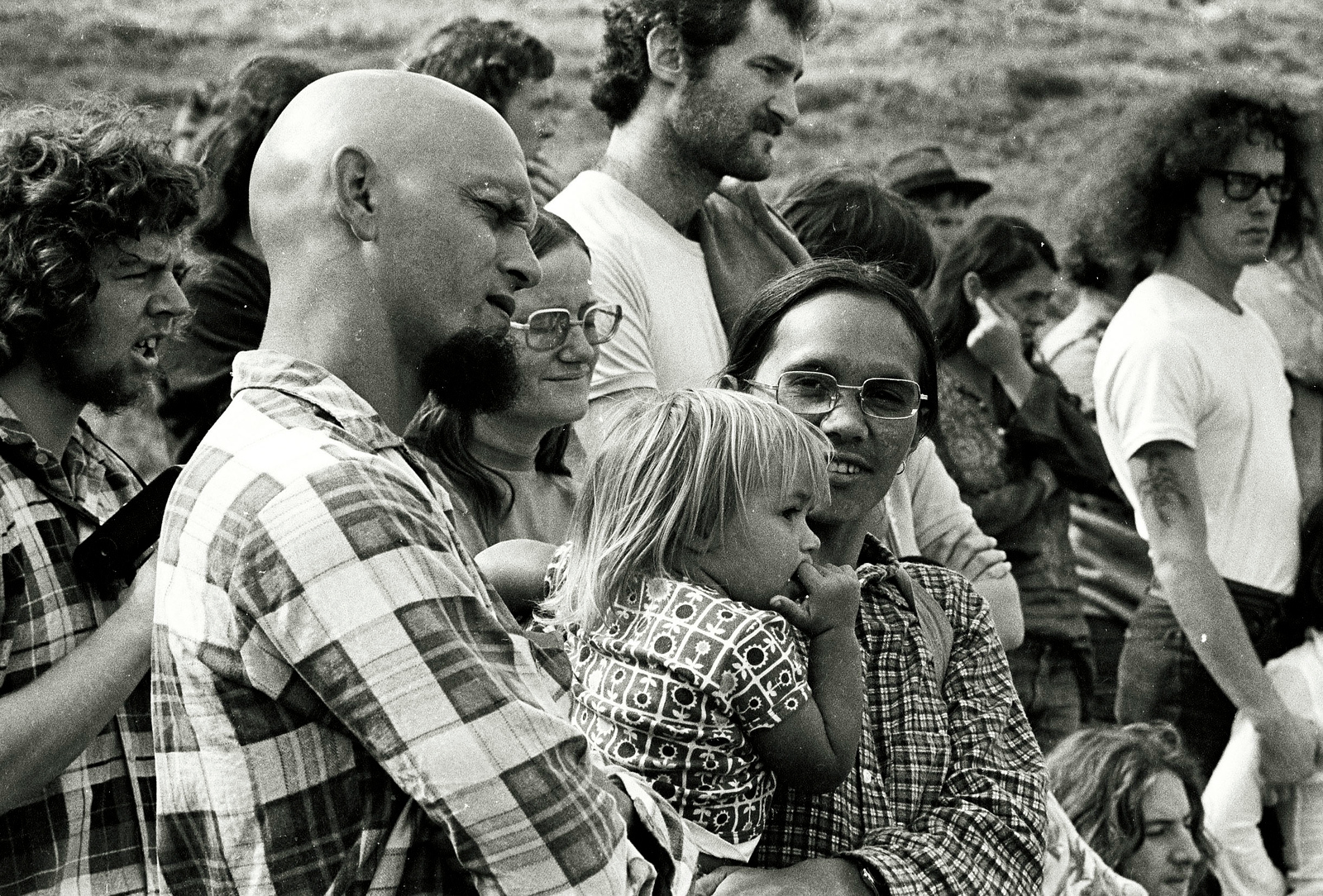
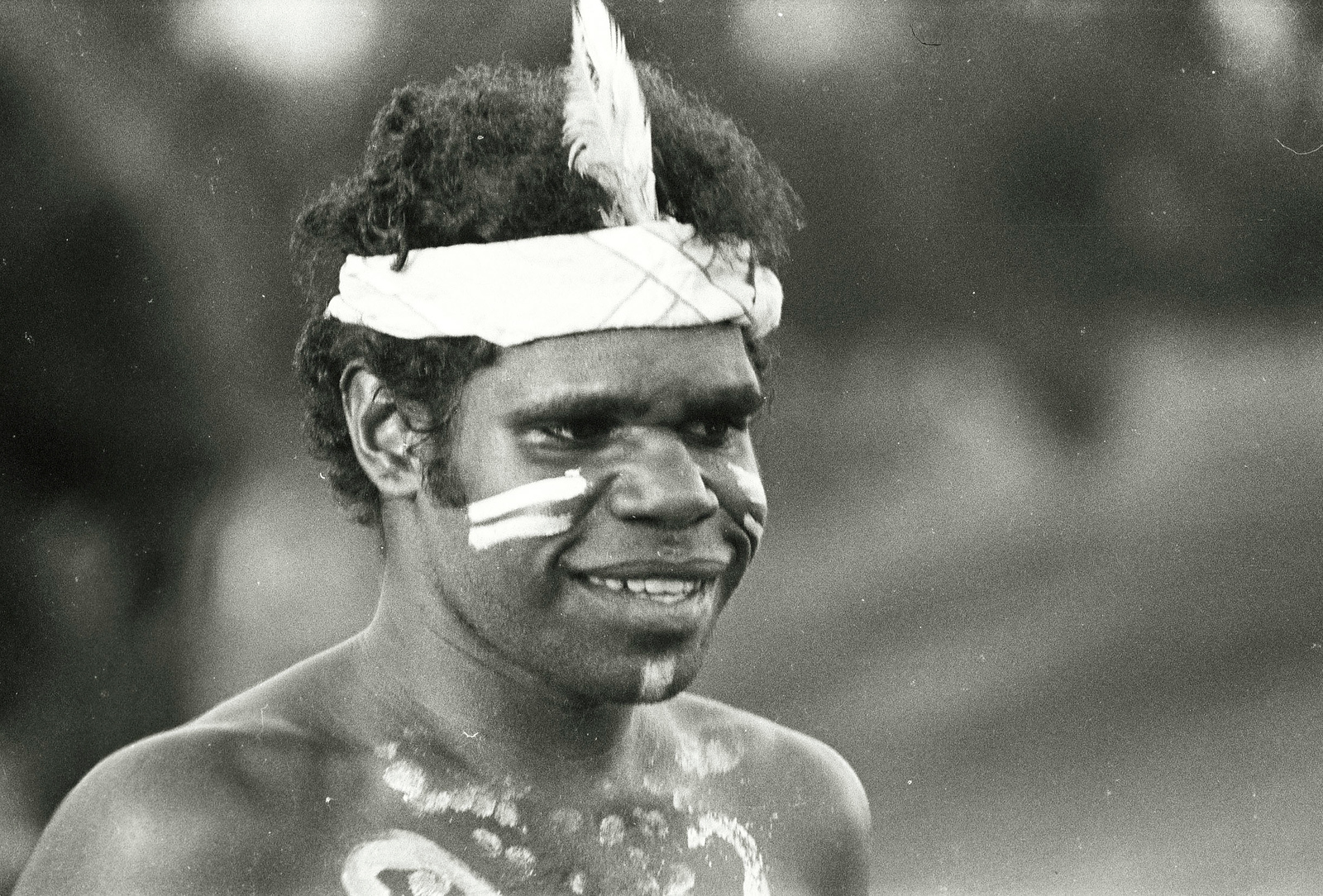
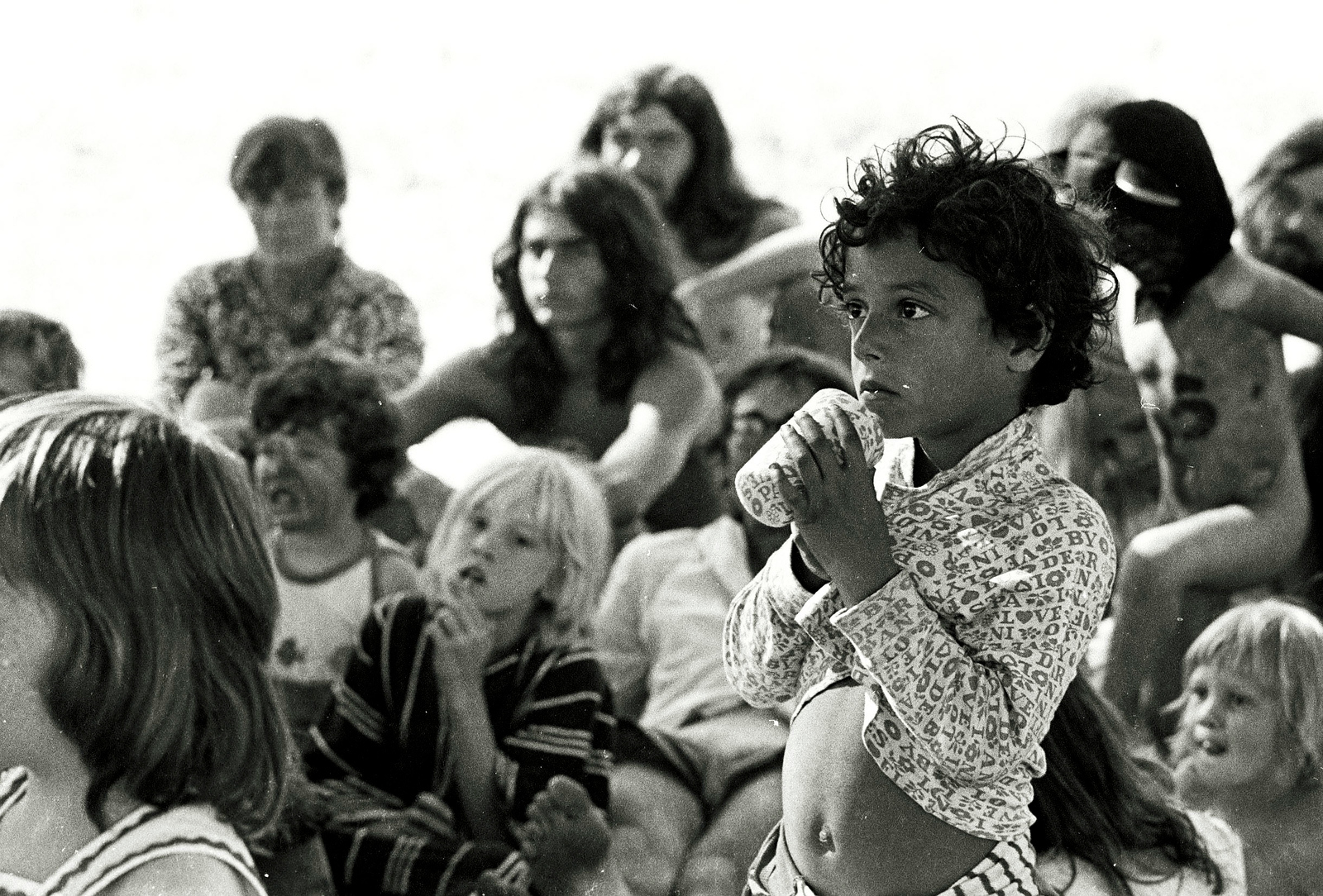
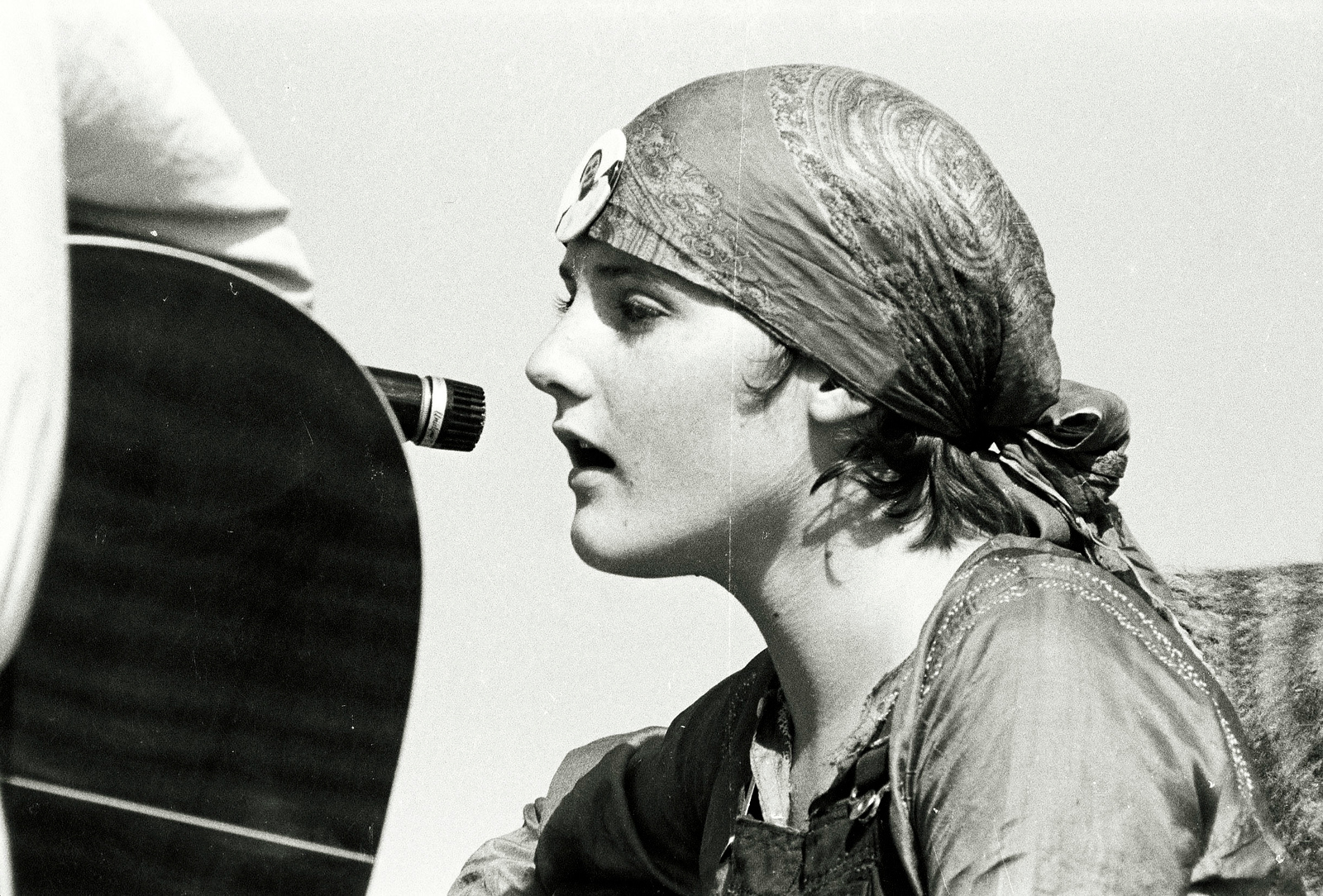
'A FEW INTREPID SOULS STAYED ON TO LIVE THE DREAMS'
Nimbin, in New South Wales’ Northern Rivers, is known for its countercultural heritage. Home to the Bundjalung people, it became a hub for alternative lifestyles after the 1973 Aquarius Festival.
The word ‘Nimbin’ comes from the legend of the Nyimbunji (clever man) of the original local Widjabul Wia-bal people. Referred to as ‘The Big Scrub’ by early Europeans, most of northern NSW including Nimbin was originally covered by lush subtropical rainforest and sclerophyll eucalypt forests.
Early European settlers came for timber from the 1840s, after the land was cleared, Nimbin became a thriving dairy and banana farming district and a bustling village within a decade.
With the later downturn in the dairy industry many shops became empty and the village was in decline when locals approved the proposal by the Australian Union of Students to hold the Aquarius Festival in 1973. The village was reinvigorated with an influx of new settlers following the festival, seeking to build a new alternative lifestyle away from the city.
A few decades later, Nimbin had become known internationally for its alternative culture and has attracted visitors ever since.
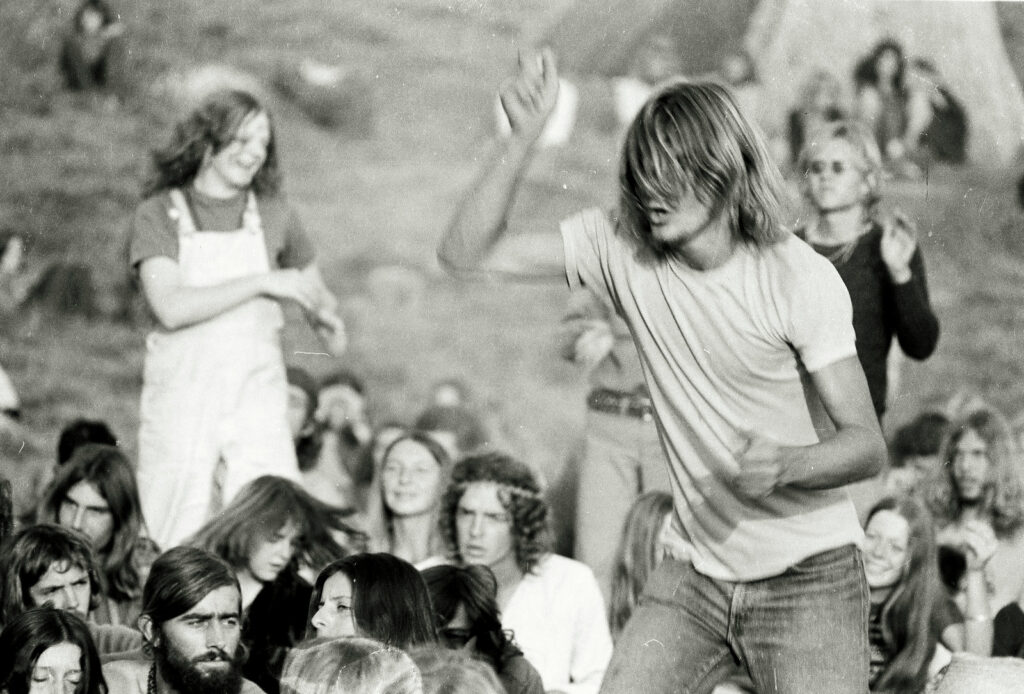
Aquarius Festival
In 1973, Nimbin transformed into the counterculture capital of Australia, attracting over 10,000 people to the ten day festival that celebrated everything alternative and sustainable.
After the festival, many decided to stay in Nimbin and live an alternative lifestyle.
Known as ‘Aquarians’, these new residents formed self-sustainable communes, started permaculture farms, opened holistic shops and even lobbied the NSW government to introduce legislation protecting the surrounding rainforests.
Experience the Aquarius Festival through the stories of festivalgoers by listening to the Nimbin Soundtrails.
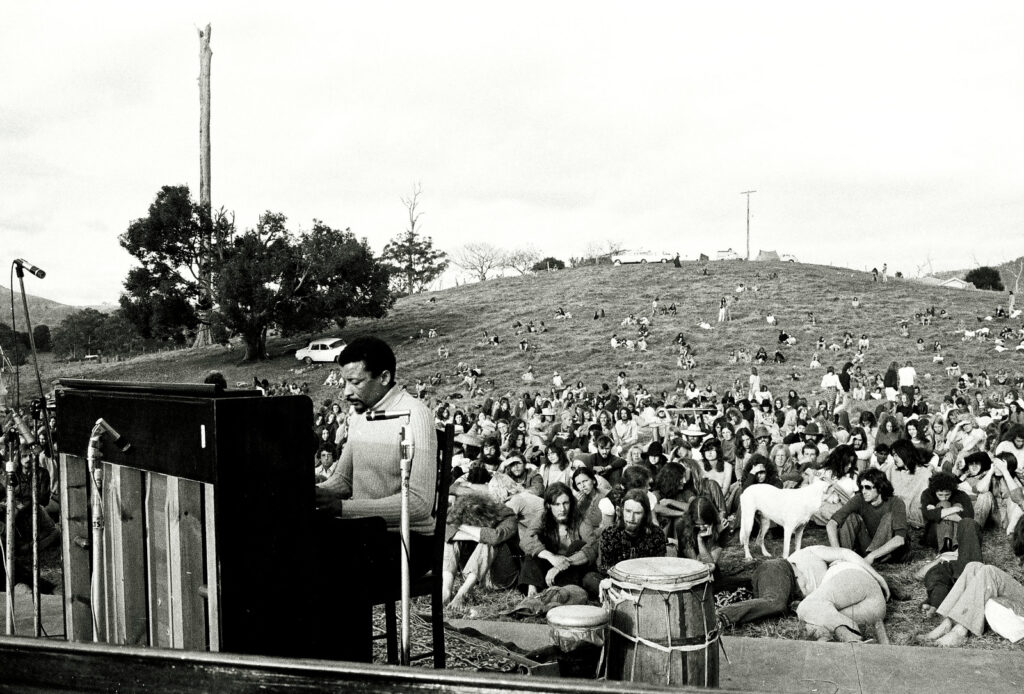
Time of great change
Nimbin was chosen as a site for the festival because it was removed from the structures in society that the organisers had previously been protesting.
It was a time of social and political change in Australia. Labor won the federal election in 1972, ending 23 years’ continuous Coalition government, and had started to introduce socially progressive and reformist policies and initiatives, including the end of military conscription for the Vietnam War.
The Aquarius Festival was to create and provide direction for the future. Students and counter cultural activists, conservationists, healers, architects, engineers, indigenous people for land rights, alternative media and gurus and creative artists gathered at the lifestyle festival.
After the festival, the first multiple occupancy community was created at Tuntable Falls. Several years later, campaigns to stop logging of the rainforest resulted in the declaration of Nightcap National Park. The lifestyle festival and the era that followed gave the new settlers a sense of belonging in the community.
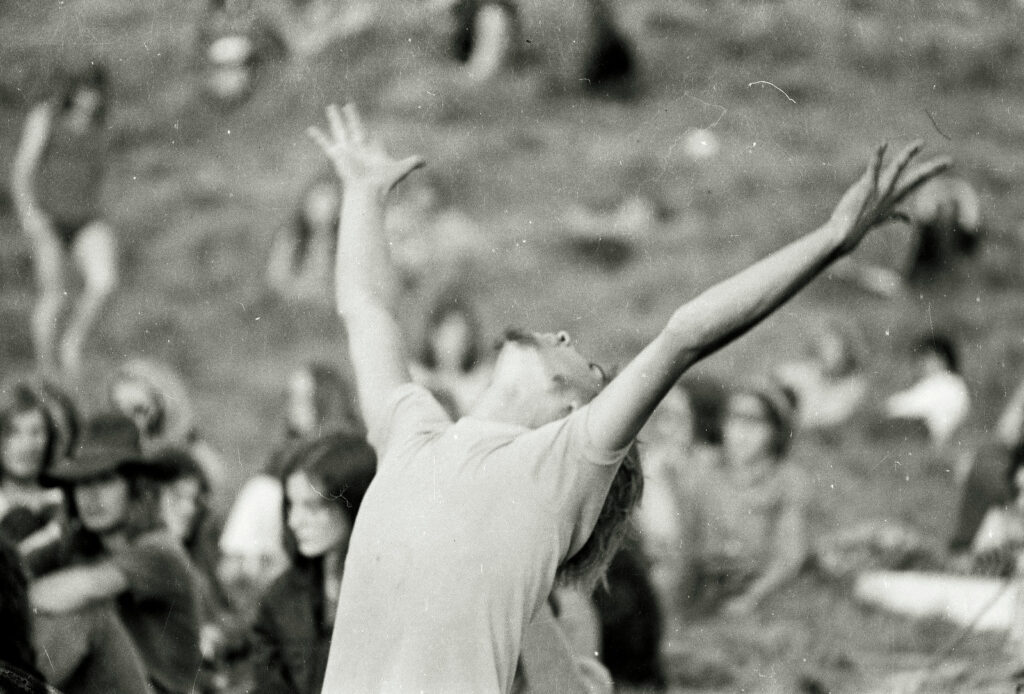
'That place, Nimbin Rocks, is a burial place of our tribal elders, the law-givers (and of Wiyin-gali, clever man)' Excerpt from My Bundjalung People
Widjabul Wia-bal Jugan
Tree changers
During 1979 the Terania Creek campaign to stop logging took place. This was the first environmental protest of its type using blockades in the attempt to save the forest. Nan and Hugh Nicholson had spent several years of letter writing and lobbying previous to this action. A protest camp was established on their property and through direct action which attracted media attention, the logging ceased within four weeks.
In 1982 trouble stirred again with the formation of the Nightcap Action Group to stop the selective logging of forests on the Nightcap Range at Mount Nardi. Hugh and Nan were back, and a whole lot more ‘greenies’. Miraculously, after four months of blockades and struggle the area was declared a national park and, in 1989, given World Heritage status. For the original custodians, Nimbin has always been a sacred place of learning and transformation.
The valley where the village now lies was the gathering place of many, with the Nimbin Rocks to the south for men’s business and places to the north and east for women’s business. Nimbin Rocks are monolithic fragments from the Wollumbin (Mt Warning) volcano that erupted about 20 million years ago and are of great cultural significance to the traditional owners of the Bundjalung Nation. These significant landmarks are regarded as sacred sites of initiation and higher learning by the original people.
Access is restricted to the public, but you can check out Nimbin Rocks from the viewing area 2km south of the village. The Aquarius Festival was one of the first occasions in Australia where indigenous custodianship was acknowledged, with organisers seeking approval from local Elders before proceeding. The festival opened with Australia’s first ‘Welcome to Country’ in language by the last lore man of the Widjabul Wia-bal people. Many of our village’s famous murals feature Dreamtime images from local Widjabul Wia-bal artists.
Nimbin and its surrounding ranges are rich with stories reaching back to the Dreamtime, and is known as the resting place of Warrajum, the rainbow serpent, and a place of healing and initiation.
The word Nimbin comes from the legend of the Nimbinjee people who are also the totem of the local Wia-bal tribe. The ancient sleeping warrior of the Nightcap Range still lies in watch over the village, like the famous Nimbin Rocks, which are now under the custodianship of the Bundjalung people.